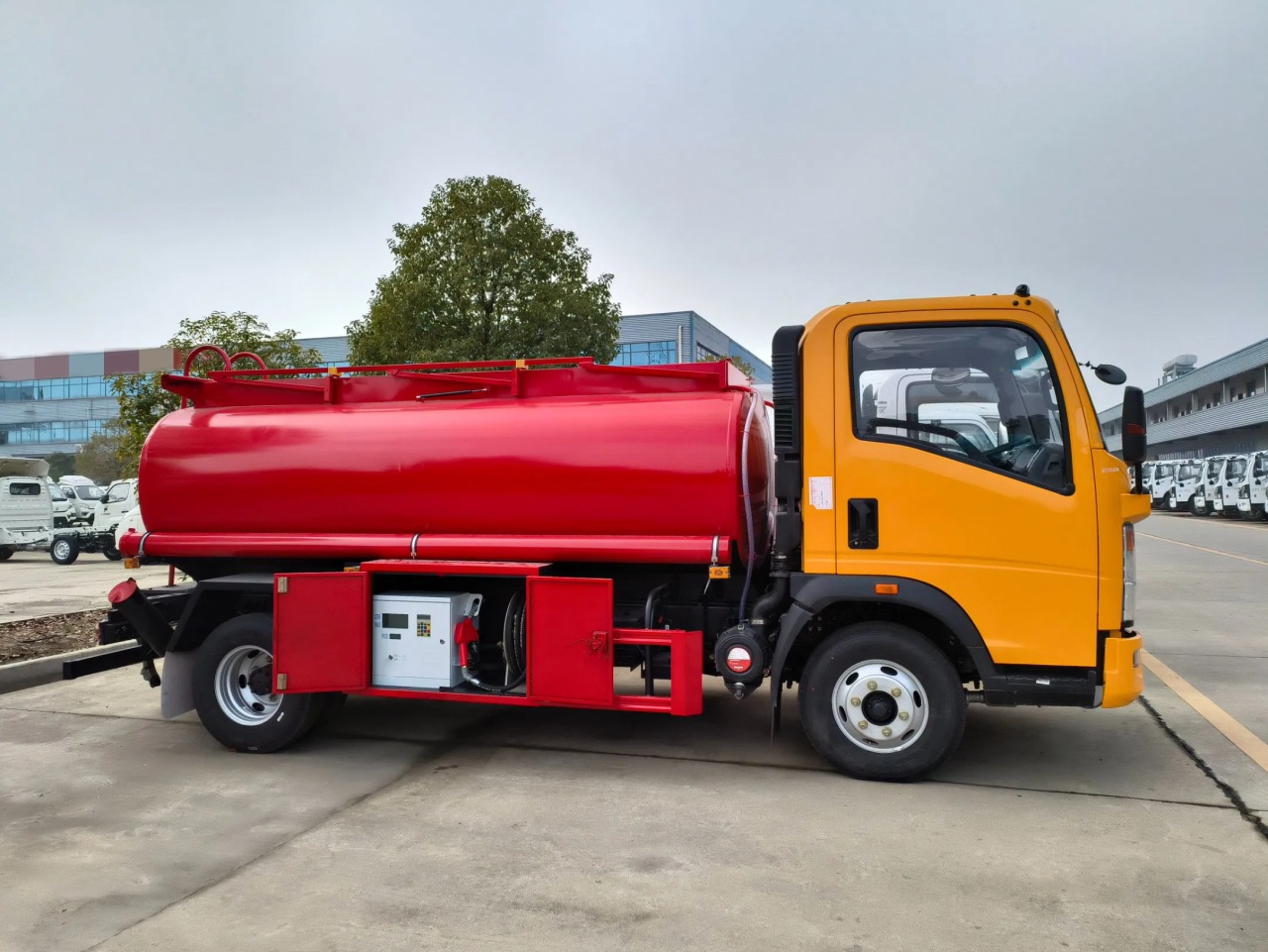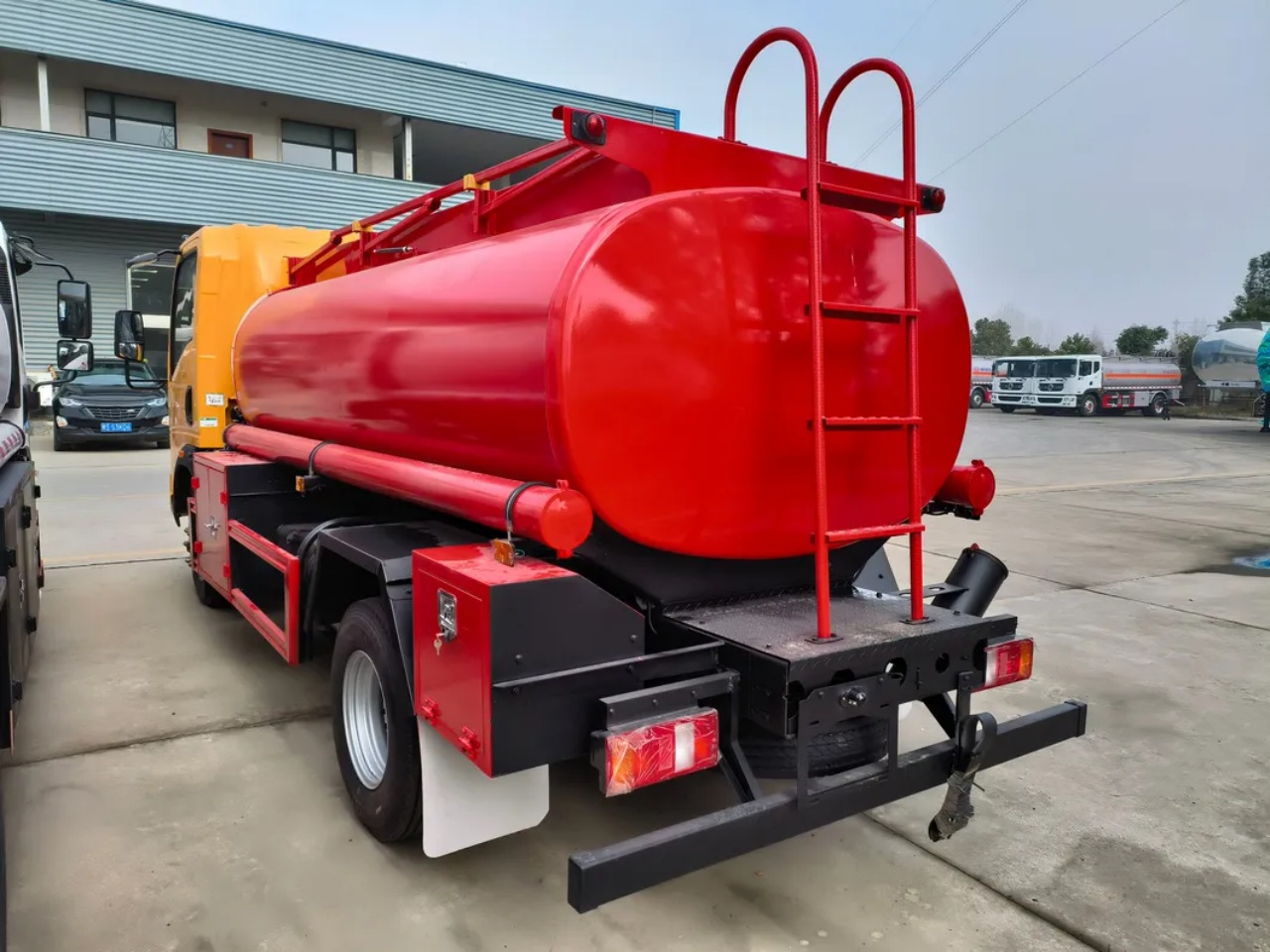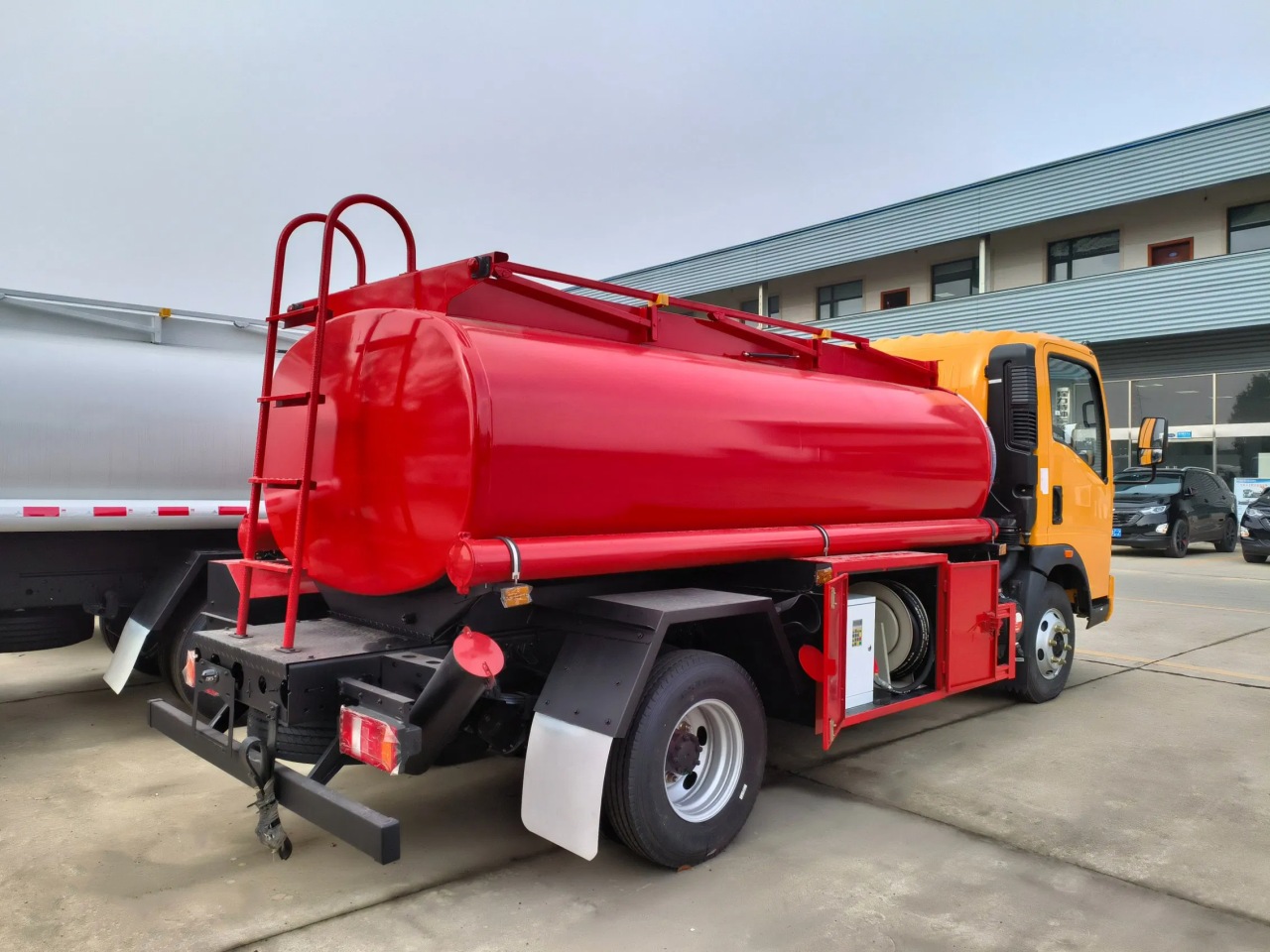Cleaning a fuel bowser, essential for maintaining safety and efficiency in fuel transport, involves meticulous procedures to ensure optimal performance and prevent contamination. Whether used for gasoline, diesel, or other fuels, regular cleaning not only extends the lifespan of the equipment but also mitigates risks associated with residue buildup and potential environmental hazards. This article explores the detailed steps and considerations of cleaning a fuel bowser, emphasizing industry best practices and safety protocols.
Understanding the Fuel Bowser
A fuel bowser, typically a tanker trailer or truck designed for transporting bulk quantities of fuel, plays a crucial role in the supply chain of petroleum products. These vehicles are equipped with specialized tanks, pumps, and delivery systems tailored to handle specific fuel types. Over time, residues from fuel products can accumulate within the bowser, potentially leading to operational inefficiencies and safety concerns if not properly addressed.

Importance of Cleaning
Regular cleaning of a fuel bowser is indispensable for several reasons:
- Preventing Contamination: Residues left behind after fuel deliveries can contaminate subsequent loads if not promptly removed. This contamination poses risks to engine performance and can lead to compliance issues with environmental regulations.
- Maintaining Operational Efficiency: Clean fuel delivery systems ensure pumps, meters, and valves operate smoothly, reducing the risk of equipment malfunctions or breakdowns during operations.
- Ensuring Safety: Residue buildup can create fire hazards due to increased flammability and potential chemical reactions. Cleaning reduces these risks, enhancing overall safety for operators and the environment.
Steps to Clean a Fuel Bowser
Cleaning a fuel bowser involves a systematic approach to ensure thoroughness and safety:
1. Preparation
- Safety Checks: Ensure the bowser is safely parked in a designated cleaning area away from ignition sources. Verify emergency equipment availability, such as fire extinguishers and spill containment materials.
- Drain Remaining Fuel: Before cleaning, drain any remaining fuel from the bowser’s tanks and lines to prevent accidental spills and facilitate thorough cleaning.
2. Exterior Cleaning
- Pressure Washing: Begin with the exterior surfaces of the bowser, using a pressure washer to remove dirt, grime, and any external contaminants. Pay special attention to areas around valves, access points, and hose connections.
- Visual Inspection: While cleaning, conduct a visual inspection for signs of corrosion, damage, or leakage that may require repair before further use.
3. Interior Cleaning
- Flush Tanks and Lines: Use a high-pressure flushing system to clean the interior tanks and fuel lines thoroughly. This process helps dislodge and remove residual fuel, sludge, and sediment buildup.
- Cleaning Agents: Introduce specialized cleaning agents or detergents recommended for fuel tanks to break down stubborn residues effectively. Ensure these agents are compatible with the type of fuel previously transported.
- Manual Cleaning: For stubborn deposits, manual scrubbing with brushes or scrub pads may be necessary to achieve a thorough clean. Focus on corners, baffles, and hard-to-reach areas where residues tend to accumulate.
4. Rinse and Dry
- Rinse Thoroughly: After cleaning, rinse the tanks and lines with clean water to remove all traces of cleaning agents and loosened residues.
- Dry Completely: Allow the interior surfaces to dry completely to prevent moisture buildup, which can promote microbial growth or corrosion.
5. Final Inspection and Testing
- Visual Inspection: Conduct a final visual inspection to ensure all surfaces are clean and free from contaminants.
- Functional Testing: Test the functionality of valves, pumps, meters, and safety devices to verify proper operation before returning the bowser to service.
6. Documentation
- Record Keeping: Maintain detailed records of cleaning procedures, including dates, cleaning agents used, and any observations or maintenance needs identified during the process.

Conclusion
Cleaning a fuel bowser is not merely a routine maintenance task but a critical responsibility to uphold operational integrity, safety, and environmental stewardship. By adhering to systematic cleaning procedures and industry best practices, operators can mitigate risks associated with fuel contamination, ensure equipment reliability, and contribute to sustainable fuel transport practices. Regular cleaning intervals, based on usage and regulatory requirements, are essential to prolonging the service life of fuel bowsers and maintaining compliance with industry standards.
In conclusion, effective cleaning of fuel bowsers involves a combination of preparation, systematic cleaning procedures, thorough inspection, and documentation. By prioritizing cleanliness and safety, operators uphold the reliability and efficiency of fuel transport operations while minimizing environmental impact and regulatory risks.


